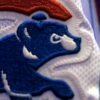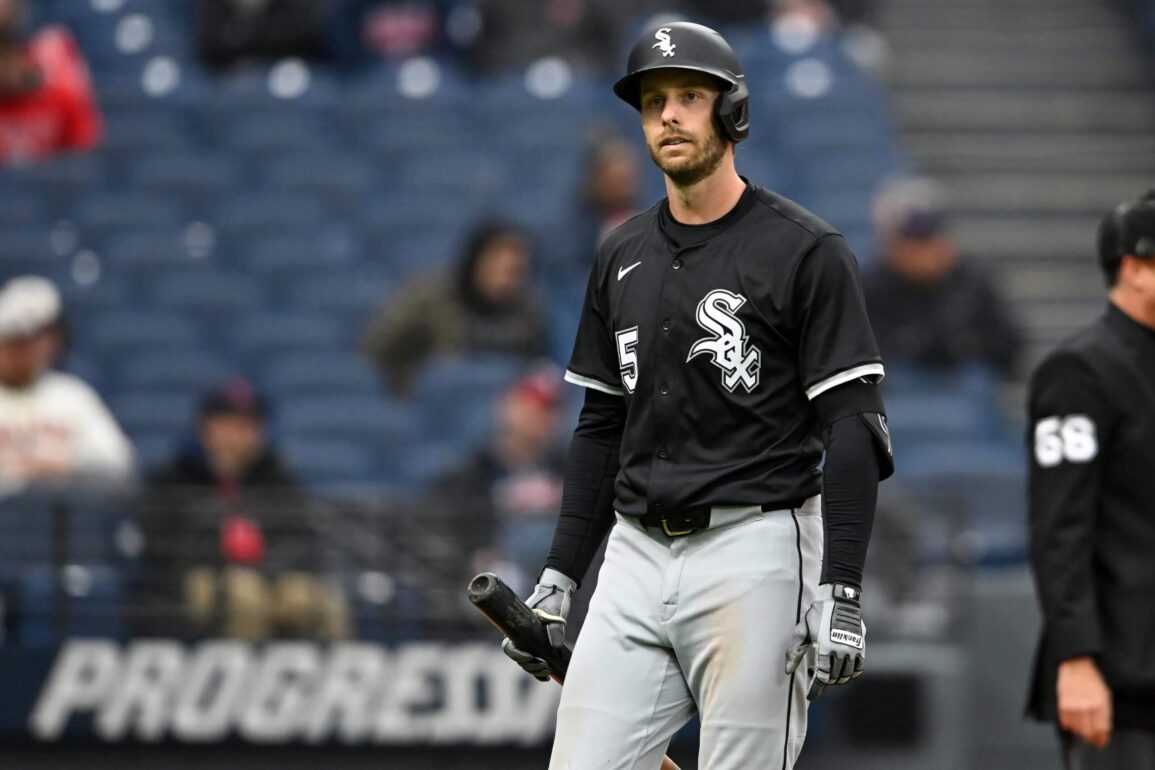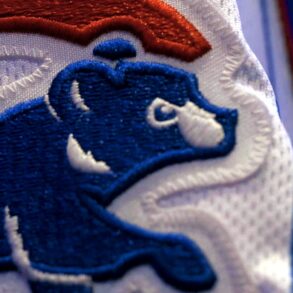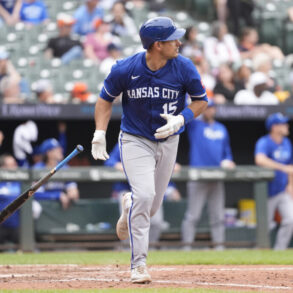Arizona Diamondbacks pitcher Corbin Burnes recently learned something about baseball’s Automated Ball-Strike System (ABS) he found worrisome.
“There is a margin for error that I think fans don’t realize, that a lot of players didn’t realize,” Burnes said.
So, what makes that worrisome, for Burnes and other players?
Advertisement
When Major League Baseball tested the ABS challenge system this spring, players and fans watched the animations on the scoreboard and assumed they were fully accurate. But the technology, it turns out, is not quite as precise as many assumed.
The margin for error that caught Burnes’ attention means a slight disparity might exist between the exact location of each pitch and where the technology places it. So players are asking league officials about how large that disparity is, and whether it raises doubts about the value of using ABS. And those officials, at a meeting of the sport’s joint competition committee on May 1, acknowledged the margin for error’s presence.
Burnes, one of four player representatives on the committee, told The Athletic that the margin for error was close to a half-inch. In other words, the system could place a pitch that was one-tenth inside the strike zone four-tenths of an inch outside the strike zone.
The likely outcomes, MLB officials say, are not that extreme. All ball-tracking systems include margin for error. The league uses the same Hawk-Eye ball-tracking technology for ABS that it does to compile reams of performance-related data, and clubs, players and media do not question the accuracy of that information.
Balls and strikes, though, are different. The ultimate nightmare scenario would be ABS missing a call on a 3-2 count, with two outs and the bases loaded, to decide Game 7 of the World Series. While the league acknowledges the possibility of that occurring, it believes the chance of that mistake happening is greater with human umps than with robot umps.
Still, as the league weighs introducing the ABS challenge system for the 2026 season, Burnes, other players and some umpires are pondering if reducing the human element to implement an imperfect electronic arrangement would be worthwhile.
Advertisement
As Burnes put it, “If we can’t get something we feel is 100 percent accurate, why even take the job out of a guy’s hands who has been doing it for 20 years behind the plate?”
The league appears fully prepared to take that step. The umpires’ new five-year collective-bargaining agreement gives the league the flexibility to roll out ABS. The makeup of the competition committee, which consists of six owners, four players and one umpire, enables the league to override any objections players and umps might raise.
Some players like ABS. Some do not. And some want more information before drawing conclusions.
All parties agree there is much to discuss.
“We’re now conducting a thorough analysis, including dialogue with players and the competition committee, so that everyone understands what we’re buying into if we choose to do this in the big leagues next season,” said Morgan Sword, MLB’s executive vice president of baseball operations.
“As part of that conversation, I think everyone understands that no system is perfect and never will be, but it might be better than what we have now, and that’s the choice.”
The choice is not only whether to introduce ABS, but also whether to implement another groundbreaking possibility, a change in the definition of the strike zone. The ABS zone used this spring — and the zone used in the minor leagues — is different from the traditional rule book strike zone. It is more rectangular, dips lower at the top of the zone, extends slightly higher at the bottom and is narrower on the sides.
The challenge system, in which players can request an umpire’s ball-strike call be overturned, has been used at Triple A since 2022. This spring training, the league tried it at the major-league level for the first time. But it was only used in about 60 percent of the games, because not all parks in Florida and Arizona had the technology installed. Slightly more than half of the challenges resulted in calls overturned.
Advertisement
Once the spring experiment was over, some players were curious about how the ABS strike zone was being called in comparison to the current strike zone. Players asked the league to help clarify the difference by superimposing the ABS zone on the video they view on their dugout iPads, according to sources briefed on the discussions.
The league expects to fulfill that request in the next several weeks, enabling players to see how pitches currently being called in major-league games compare to how they would be called under the new system. The tool could be particularly valuable for veteran players who did not experience ABS in the minors or in spring training.
Both players and umpires also have informally raised the possibility of ABS including a buffer zone that would allow certain close calls to stand even if they are overturned by the system. The idea of a buffer would be for ABS to correct the most egregious misses, not pitches called incorrectly by, say, one-tenth of an inch.
As The Athletic reported earlier this month, plate umpires this season are being evaluated under a reduced buffer zone that requires them to call pitches closer to the current rule book strike zone. Although players believe the impact in real time seems more dramatic than the league’s assessment, the effect mostly has been positive. Ball-strike calls are the most accurate they have been since Statcast began tracking pitches in 2015.
The league, however, believes the use of ABS would make those calls even more accurate — and has provided data to players on the competition committee supporting its argument.
According to data cited by league officials, the median error of the Hawk-Eye system — meaning, the most likely error on any pitch — is 0.17 inches, or less than one-fifth of an inch.
The league also is 95 percent confident a pitch would be within 0.39 inches of the location produced by the system, and 99 percent confident it would be within 0.48 inches. When Burnes said the margin for error was half an inch, he was simply rounding off that figure.
Advertisement
“We think the spring training experiment was successful and have received a lot of positive feedback from fans and people in the game,” Sword said.
Kevin Slowey, managing director of player services for the Players Association, adopted a more measured tone, saying spring training gave players an opportunity to experience the technology’s capabilities and limitations, as well as the impact of a newly defined strike zone.
“It’s just a start, and there’s more work to be done,” Slowey said. “We’ll continue to gather ABS feedback and experiences from players across the league, whose voices will be critical in determining next steps.”
The margin for error in ABS will be part of those discussions, but some players note that athletes in other sports using ball-tracking systems accept they are less than perfect.
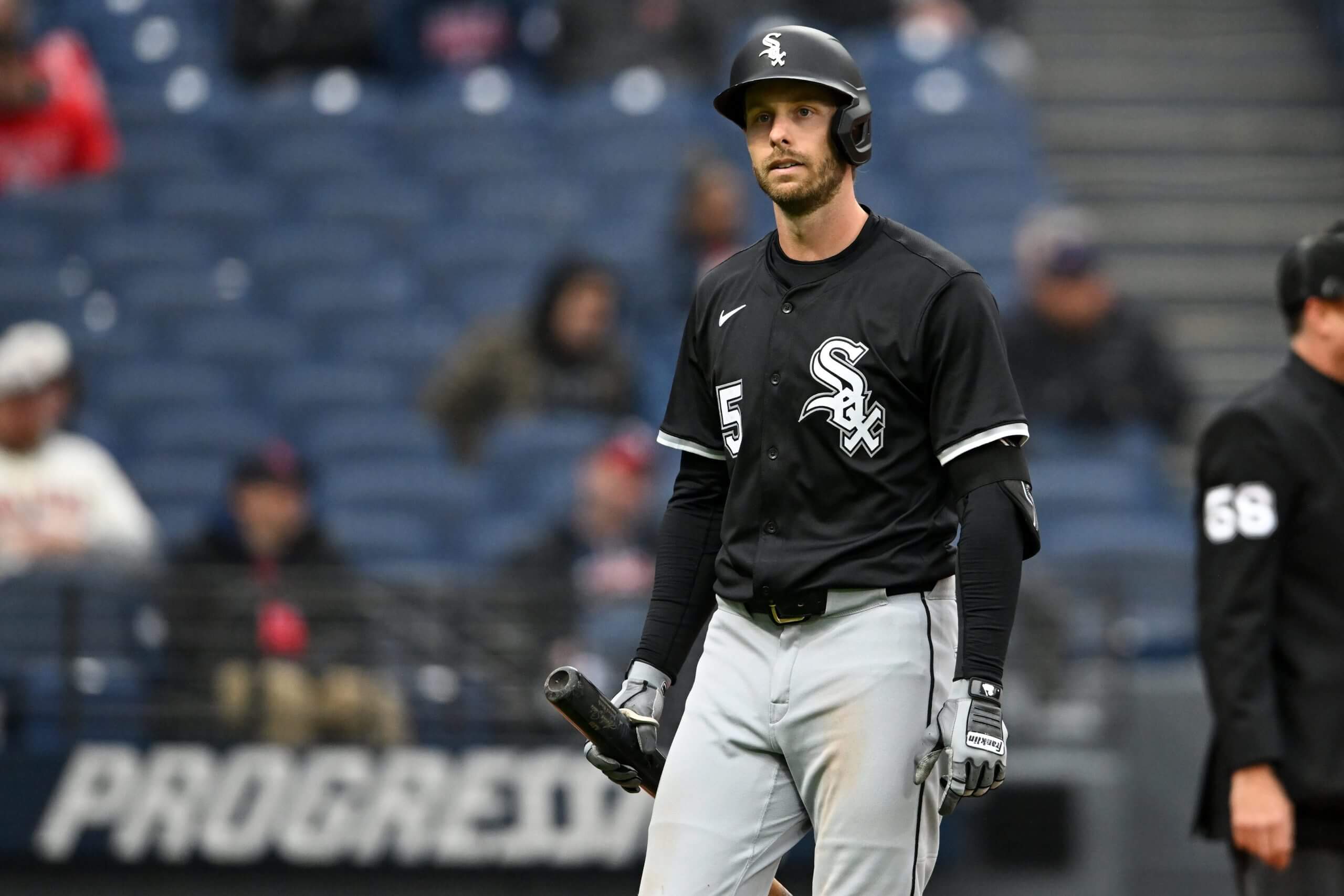
White Sox outfielder Austin Slater, one of the players on MLB’s competition committee, reacts after striking out against the Guardians in April. (Nick Cammett / Diamond Images via Getty Images)
For in or out calls in tennis, the margin for error with Hawk-Eye reportedly is 5 percent relative to the ball’s diameter, or about 0.14 inches — in the same range as baseball’s median error.
In soccer, where the technology determines whether a ball has fully crossed the goal line, the reported margin is about 0.09 inches. The NFL also plans to use Hawk-Eye to assist ball placement starting with the coming season.
The concern raised by Burnes and others is that 99 percent confidence in ABS to produce accuracy within a half-inch is still not 100 percent.
“I think players are going to have to continue to experiment with the ABS to gauge whether they’re comfortable with that half-inch margin,” said Chicago White Sox outfielder Austin Slater, another member of the competition committee.
“Personally, the way I see it — and I do not speak for all players — is that there’s a margin for error in human umpires, too. It’s just gauging whether the group as a whole is going to be comfortable with a half-inch margin for error and determining if that’s less than a margin for error for an umpire.”
Advertisement
The addition of a buffer zone to ABS would enable umpires to continue with their own margin for error, helping them avoid the embarrassment of getting calls overturned on differences that are barely perceptible. While umpires agreed to the system in their new CBA, some continue to question whether it is the right move for the sport.
One umpire, granted anonymity for his candor, said, “We prefer to have (the responsibility) be on us. Anybody that claims this will be great for umpire mentality doesn’t understand umpire mentality. We would rather go out there and try for perfection than get overturned mid-game and be like, ‘Oh s—.’
The league, while open to discussion, harbors reservations about the inclusion of a buffer zone, according to both player and management sources.
Some players, seeking the greatest possible accuracy, might oppose a call standing as correct when ABS says it is wrong. For example, fans might react negatively to an animation upholding a strike call on a pitch within the buffer but outside the strike zone. If such a pitch was called a strike, fans might question why the system is in place at all.
Finally, even if the league was willing to incorporate a buffer, it would need to determine how much error it would be willing to tolerate. Three-quarters of an inch, as currently exists? More? Less? Whatever the choice, it would be subjective, the opposite of what the league would want to achieve with ABS.
One thing is clear: The conversation about ABS — and the willingness to accept a margin for error from a robot, a human or both — is only beginning.
“I think players should be deliberate and diligent in doing their homework in how comfortable they’ll be with a piece of technology impacting the game in a way it’s never been used before,” Slater said.
“Teams are already judging and critiquing players to an extent based off the same technology, (evaluating) swing decisions, pitchers’ ability to throw in the zone. But at the end of the day, the back-of-the-baseball card stats still matter. Anything that will impact that is worthy of further discussion.”
(Top photo of umpire Nick Mahrley calling a strike in Tampa earlier this month: Cliff Welch / Icon Sportswire via Getty Images)
This post was originally published on this site be sure to check out more of their content.


